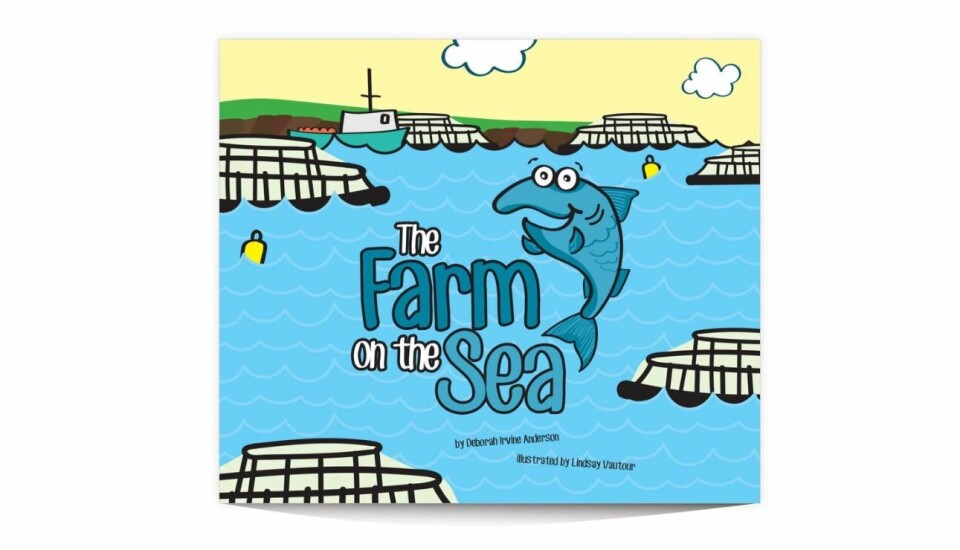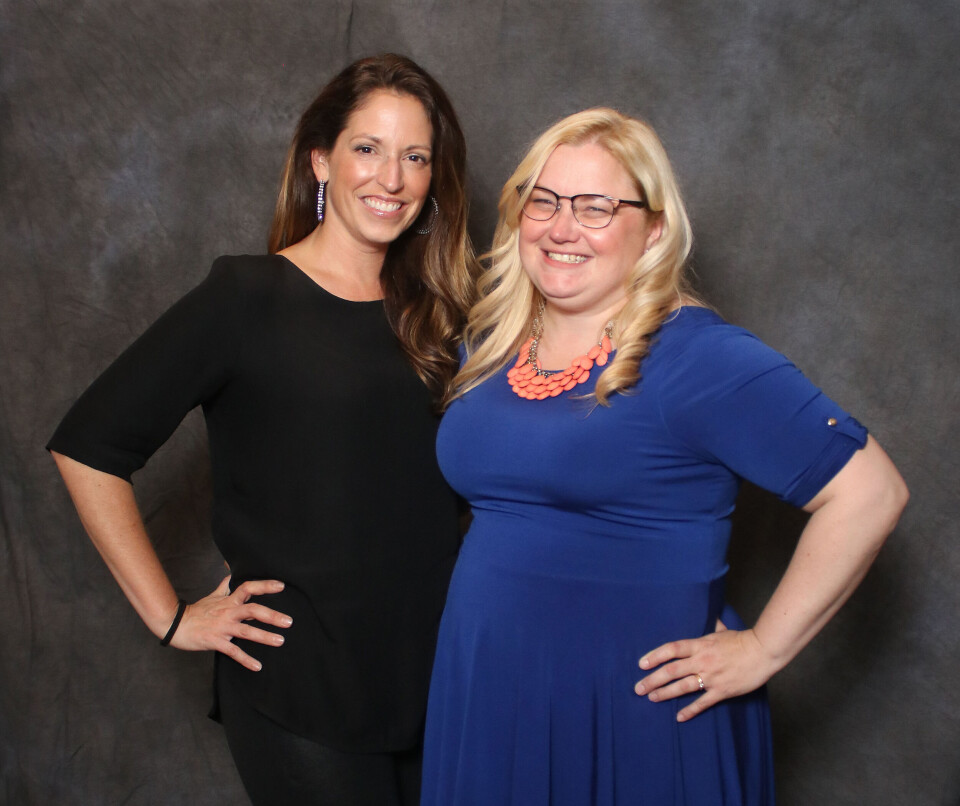
New book gives kids chapter and verse on fish farms
A book intended to teach young children about salmon farming will be officially launched in New Brunswick, Canada on Saturday.
The Farm on the Sea is aimed at readers aged from six to eight and tells the story of a rare blue salmon called Sunny, who guides children through the stages of salmon farming.
It has been produced by the Atlantic Canada Fish Farmers’ Association (ACFFA) and was written by journalist Deborah Irvine-Anderson and illustrated by artist and graphic designer Lindsay Vautour.

Biggest export
“Children need to know where their food comes from. More than half of the seafood we eat today comes from aquaculture. Children are often taught about farms on land but not about farms on the ocean,” said Irvine-Anderson, who was inspired to write the book after touring a farm a few years ago.
“I had no idea that farmed salmon was the biggest agriculture-based export in Atlantic Canada. It rivals the iconic potato in my home province of New Brunswick: yet, many people have no idea how it’s farmed.
“I grew up reading books about potato farming and other farming on land. I wanted to write a book that I could read to my own children about a farm on the sea.”
Engaging and informative
Irvine-Anderson approached ACFFA with a book proposal which was enthusiastically welcomed.
“We loved her idea and her passion for educating children about salmon farming,” said Susan Farquharson, ACFFA’s executive director.
“The book is engaging and informative, and our members are proud to partner with the book’s creators on this project.”
The book covers everything from parts of the salmon to hatcheries and what happens under the water, but given the tender age of its intended readers it skips over the harvest process.
“I gave quite a bit of thought to how to handle the subject of harvest,” Irvine-Anderson told Fish Farming Expert.
“The book is aimed at kids ages 6-8. I consulted with teachers who teach kids these young and asked them. Their advice was we don’t have to show that part, just like children’s books about farms on the land. The book shows salmon from eggs until full maturity but does not show the harvest phase.”
“We use poetry, illustrations, fun facts and photos to help the children understand the basics of salmon farming because for a lot of kids this is a really new concept even though the industry in New Brunswick is almost 40 years old,” added the author.
5,000 copies
A launch event for The Farm on the Sea will be held at the Indigo book shop in Saint John, New Brunswick on Saturday, from 11am to 1pm where the public can meet the author and illustrator and copies of the book can be bought for Can$5 (£2.90).
ACFFA has had 5,000 copies of the book printed, and it will be available at Indigo or from ACFFA after Saturday.
Sunny the Salmon will also be introducing the industry to French-speaking children in Canada soon, and perhaps kids from other countries, too.
“Our next step is to translate into French,” said Irvine-Anderson. “New Brunswick is a bilingual province so that’s a priority for us for sure. We’ve already had inquiries about the book from Norway, Chile and India, which is really exciting! We haven’t made any plans yet for any translations other than French but stay tuned!”
Money for food banks
Proceeds from the Christmas sales of The Farm on the Sea will be donated to the Canadian Broadcasting Corporation’s annual Harbour Lights Campaign that raises money for food banks across southern New Brunswick.
Asked if the book is likely to go into public libraries and schools, ACCFA boss Farquharson said: “We have no firm plans yet beyond the current launch and fundraiser. Once we see what kind of response we get before Christmas, then we can make some longer-term plans. I can say we’ve had quite a bit of interest from aquaculture companies in addition to individuals.”























































